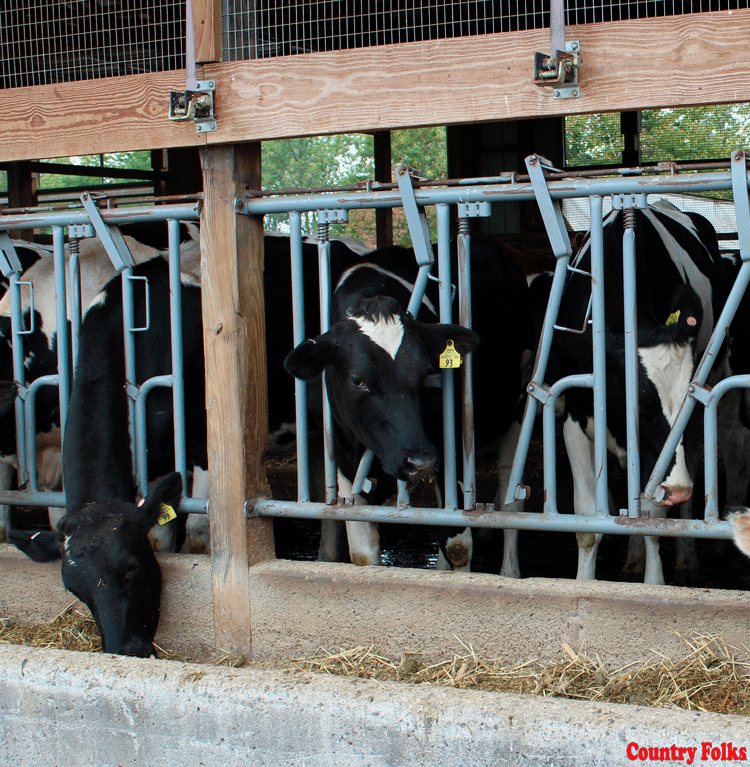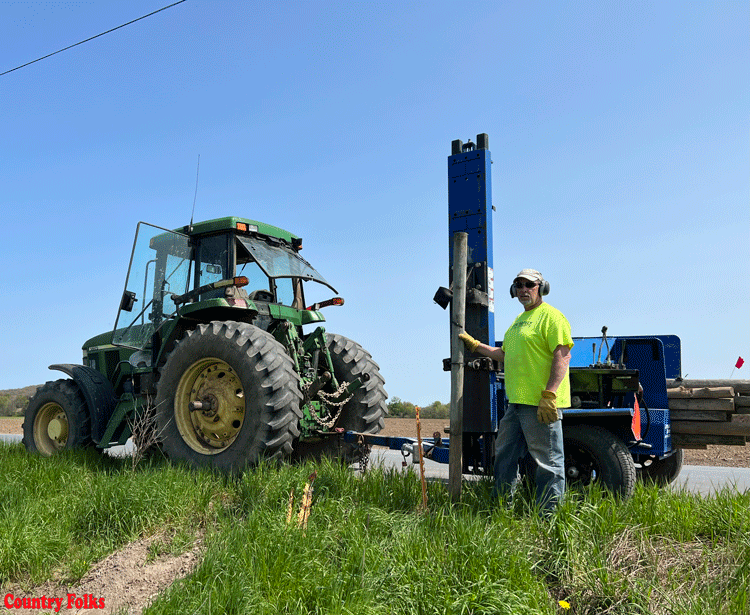 by Sanne Kure-Jensen
by Sanne Kure-Jensen
For small-scale organic farms, pastured broiler chickens may offer valuable contributions in a crop rotation program. Chickens contribute to soil fertility. Farm-produced cereal grains like Naked or Hulless Oats offer valuable supplements to organic poultry diets.
Organic produce growers will often raise non-organic pastured poultry because of the high costs of organic feed. Loyal customers who know their farmer and trust their practices buy these pastured birds rather than seek certified organic birds.
Professor Michael Lilburn of the Ohio State University Agricultural Research and Development Center shared two years of organic poultry nutrition research in a recent eExtension and eOrganic webinar called “A Novel Nutritional Approach to Rearing Organic Pastured Broiler Chickens.”
Nutritional requirements
Chickens require certain amino acids in their diets to produce high quality meat and eggs. Marginal levels of certain essential amino acids can lead to poor feathering, fewer eggs and a reduction in body weight. The most essential amino acid for chickens is methionine. Most conventional chicken feeds contain synthetic methionine. Soybean meal contains many amino acids and very little or no methionine. If an animal consumes more protein or amino acids than needed, excess nitrogen will be excreted. This may lead to ammonia production and air quality problems within a chicken house.
Oats
In Europe, Naked or Hulless Oats (Avena nuda) and other cereal grains are common ingredients in poultry feeds. Naked Oats are easier to thresh than regular oats and can be up to one and a half times higher in crude protein and fat than corn. Naked Oats have twice the lysine and more methionine than corn. With all these benefits, Naked Oats may be a cost effective element of certified organic grower rations.
Crop rotation
Lilburn’s study used a 3-year crop rotation of clover, spelt and naked oats and moved chicken tractors over the rotation plot containing clover. Farmers may harvest and sell first cut clover hay before chickens trailers come onto fields in early summer. Lilburn noted that birds should be moved more than once a day to keep the forage (clover) from being burned by poultry manure.
Spelt was planted in the fall. In the second year, spelt grain and straw was ready for harvest in mid-summer. Lilburn and co-workers planted a tillage radishes in the spelt fields in September. This ground cover will be winter killed and Naked Oats will be planted in spring. Farmers could sell the third crop rotation of Naked Oats for organic granola production or kept as organic feed.
Each of three organic co-operator farms and the university organic farm raised two flocks in succession in 2013. The first flock was raised from May to July and the second from July to early September. After fall processing, fields were seeded for the next crop in the rotation. The multiyear trial is also studying the impact of chickens on soil fertility, changes in biomass and reestablishment of plants after having chickens in the fields.
Growing cycle
Organic growers should think differently about their growing program and not emphasize getting maximal growth out of their birds. Lilburn recommended that organic poultry producers “Slow down and stop trying to obtain the same growth rates achieved by conventional broiler producers; we need to adopt a completely different paradigm.” He advised growers to minimize their cost of production even if it takes broilers longer to reach market weight.
For conventional producers, time is money and a shorter time to harvest lowers cost of production. Conventional production programs typically reach market weight of 5 to 6 pounds (carcass weight of 4.5 to 5 pounds) in 6 to 7 weeks. Birds in organic programs fed alternative ingredients or organic feeds might need up to 2 weeks to achieve this weight.
Feed
Lilburn’s organic experiments used commercial broilers and RedBros, a slower growing commercial cross popular with pastured poultry producers. Commercial broilers were bred for appetite and might be more suitable for lower nutrient density (less costly) organic diets. In Lilburn’s experiments, all birds were fed an organic starter diet for the first three weeks. The birds then switched to a grower diet with 75 percent Naked Oats until they were finished. The Naked Oats used in these trials were rolled, not steamed or ground. Preliminary studies found that the most effective blend was 75 percent Naked Oats and 21 percent extruded full fat soybeans fed “ad libitum” or free choice. The remaining diet was vitamin and trace mineral supplements, limestone and dicalcium phosphate. No synthetic methionine was added at any stage.
When asked about feeding whole grains, Lilburn recommended growers “manage the feed to minimize separation.” Offer smaller portions a few times each day. Wait for the birds to clean up the feed before feeding more.
The trial’s first batch of commercial broilers took approximately 14 fewer days to reach the target market weight than the RedBros. The commercial broilers kept eating, even in extremely hot weather. The second flock of RedBros suffered from the heat and drought of 2012 much more than the commercial broilers, but their dressed carcass weights were nearly comparable. Overall, RedBros carcasses were fatter. Their dressed carcass weight was just 4-5 percent lower than the commercial broilers.
There were no significant differences in cooking loss between the bird strains. Each strain had about a 30 percent moisture loss. The higher fat levels in RedBros may contribute to overall better flavor and an enhanced “eating experience.”
Oat varieties
Naked Oat variety trials in 2012 showed best yields with Streaker, Buff and Excel Oats (with hulls). Yields of Paul Oats were about 25 percent lower than the others. In 2013, Streaker Oats had significant lodging problems. Lodging is when grain stalks fall over, making mechanical harvesting difficult, if not impossible.










Leave A Comment